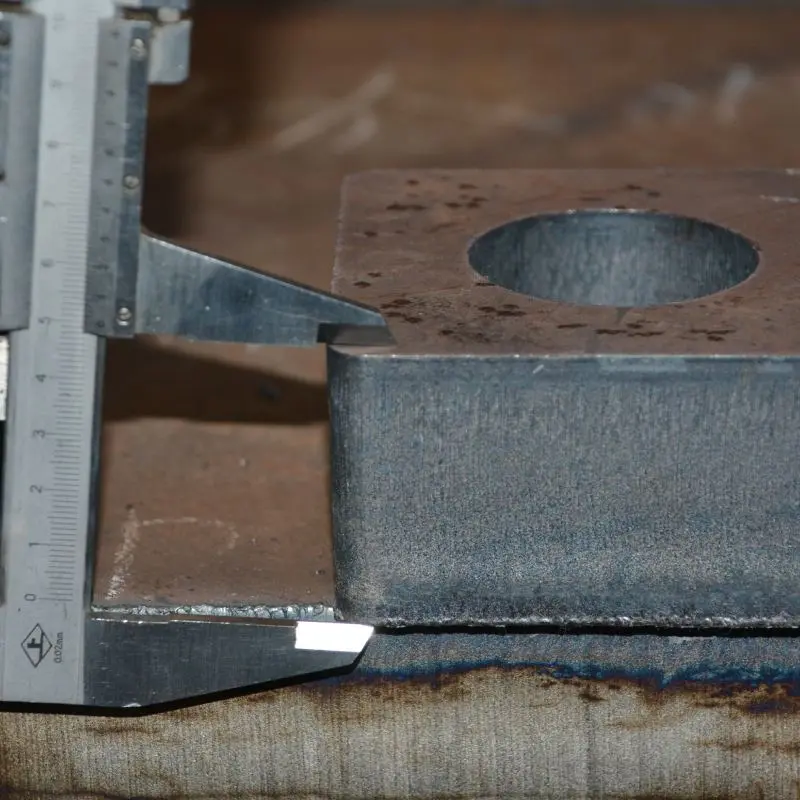****
In the world of modern manufacturing, precision and efficiency are cornerstones of successful production. One of the transformative technologies driving these qualities is the laser cutting machine for steel. This powerful tool has revolutionized how industries shape, cut, and fabricate steel components, providing unmatched flexibility and accuracy. In this article, we will delve into the benefits, applications, and future trends associated with laser cutting machines for steel.
What is a Laser Cutting Machine for Steel?
A laser cutting machine utilizes a focused beam of light to melt, burn, or vaporize materials, primarily metals like steel. The process involves directing a high-powered laser through optics to focus on a specific point, allowing the machine to cut through sheets of steel with incredible precision. The extra heat generated by the laser allows for smoother edges, reducing the need for post-processing work.
Benefits of Using Laser Cutting Machines for Steel
1. **Precision and Accuracy**: One of the standout features of laser cutting machines is their ability to deliver highly precise cuts. Unlike traditional cutting methods, laser cutting minimizes the risk of human error and enables intricate designs and shapes that would be difficult if not impossible to achieve through manual methods.
2. **Speed and Efficiency**: Laser cutting machines operate at high speeds, reducing the time required to cut materials. This increased efficiency is particularly beneficial in high-demand manufacturing environments where time is of the essence. By streamlining the production process, companies can reduce overall costs and improve their output.

Exploring the Benefits and Applications of Laser Cutting Machines for Steel in Modern Manufacturing
3. **Versatility**: Laser cutting technology is not limited to just one type of material. While steel is a primary material for many applications, laser cutting machines can also handle a diverse range of metals, including aluminum, brass, and copper. This versatility makes them a valuable addition to any manufacturing facility.
4. **Reduced Material Waste**: The precision of laser cutting minimizes kerf (the material that is lost in the cutting process). This results in reduced waste, making the process more environmentally friendly and cost-effective. Companies can take advantage of this benefit by optimizing their material usage and lowering expenses.
5. **Less Post-Processing**: The cleaner and more precise cuts produced by laser cutting machines mean that there is less post-processing needed compared to traditional cutting methods. Smooth edges and clean cuts can often eliminate the need for additional finishing processes, further saving time and costs.

Exploring the Benefits and Applications of Laser Cutting Machines for Steel in Modern Manufacturing
Applications of Laser Cutting Machines for Steel
Laser cutting machines are employed in numerous industries for a wide variety of applications:
1. **Automotive Industry**: The automotive sector frequently uses laser cutting technology to manufacture parts such as chassis, body panels, and exhaust systems. The precision and speed required for automotive manufacturing make laser cutting an ideal choice.
2. **Aerospace**: In the aerospace industry, where every gram counts, laser cutting machines are used to produce lightweight, high-strength components. The accuracy of laser cutting ensures that even the most complex shapes can be achieved without compromising material strength.
3. **Construction and Fabrication**: In the construction sector, laser cutting is used to create structural elements, custom metal designs, and architectural features. This technology allows for the rapid production of components that meet specific project requirements.

Exploring the Benefits and Applications of Laser Cutting Machines for Steel in Modern Manufacturing
4. **Metal Art and Signage**: Artists and sign makers often employ laser cutting machines to create intricate designs and custom signage. The ability to cut detailed patterns and shapes has opened up new avenues for creativity in metalwork.
5. **Electronics**: In the electronics industry, laser cutting machines are utilized for producing parts that require high precision, such as enclosures, brackets, and various fittings. The fine tolerances achievable with laser cutting are essential for ensuring that components fit together perfectly.
Future Trends in Laser Cutting Technology
As technology continues to evolve, so too does the world of laser cutting. Innovations such as fiber lasers are becoming increasingly popular due to their efficiency and ability to cut through thicker materials. Additionally, advancements in automation and robotics are enhancing the capabilities of laser cutting machines, allowing for fully automated production lines that can operate around the clock.
Furthermore, rising environmental consciousness is pushing manufacturers to adopt greener technologies. As laser cutting continues to minimize waste and improve energy efficiency, it is well-positioned to align with sustainable manufacturing practices.
Conclusion
The laser cutting machine for steel represents a significant leap in manufacturing technology, combining precision, speed, and versatility to meet the demands of various industries. Its applications span from automotive and aerospace to art and construction, proving its worth as an indispensable tool in modern production. As technology continues to advance, these machines will likely play an even more crucial role, driving innovation and efficiency further into the future. Laser Cutting Machine For Metal Gobos
